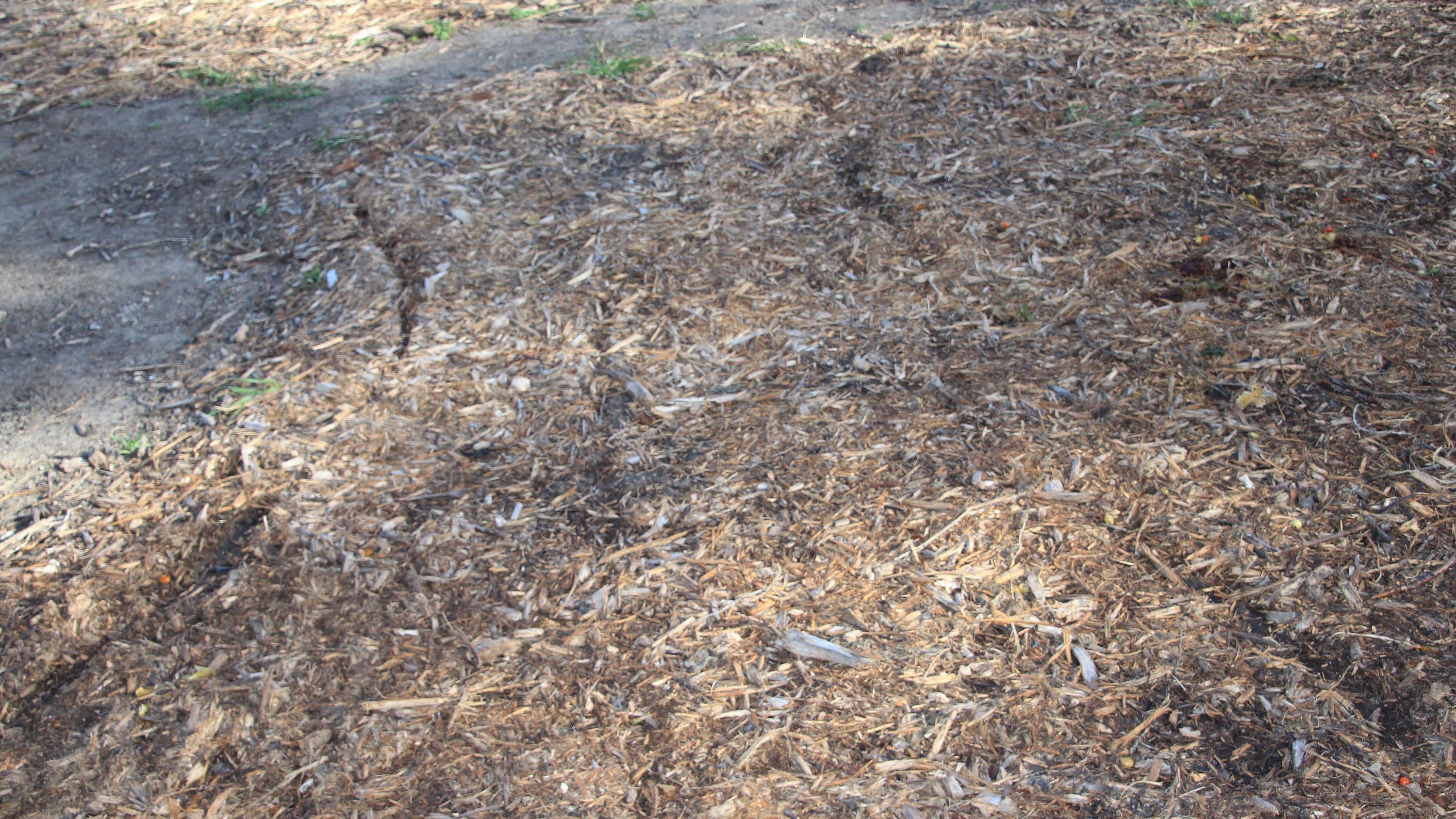Description
Voles are small mouse-like rodents that live throughout Nebraska. Voles can cause a variety of damage to lawns, gardens, trees, and shrubs. Landscape cultural practices that reduce the amount of food and habitat available for voles can be effective in preventing the establishment of large populations that can cause damage to landscape plants. When cultural practices appear to be ineffective and damage is evident, controls measures can be taken to reduce the population.
See the Additional Resources below for specific information regarding control measures and their implementation.
Management/Methods
- Tools
- Hardware cloth, ½” mesh
- Mousetrap, baited with peanut butter and oatmeal
- Repellant containing thiram or capsaicin
- General-use pesticide labeled for voles and for the specific site and method intended for baiting
- Methods (Cultural)
- Eliminate cover and food sources around young trees and woody shrubs by manually removing, spraying, or mulching grass and weeds.
- Eliminate excess mulch resting against the trunks of trees.
- Minimize and remove excess seed spill from bird feeders.
- Methods (Exclusion)
- Prepare guards for young trees with columns of hardware cloth. The guards should extend 2-3” below the ground and above the expected snow line. The edges of the guard should be overlapped, with no gap between the layers. The guards should be of sufficient diameter to allow for several years of tree growth.
- Methods (Trapping)
- Prepare several baited mousetraps and set them at right angles to the vole runway, with the trigger placed in the runway. Two baited traps may also be set back-to-back within the runway, with the triggers facing away from each other.
- Methods (Repellants)
- Sprinkle or broadcast the pellets at the base of ornamental plants. Repellants containing thiram or capsaicin are not registered for use on plants for human consumption.
- Reapply the product after precipitation or irrigation.
- Avoid electronic products claiming to have repellant effects; there is no reliable data to support their use.
- Methods (Toxic Baits)
- Prepare the toxic bait according to the label directions. The label is the law and must be followed. Typically, toxic bait requires multiple-feedings to be effective, so ensure the bait stations remain adequately supplied.
Management
